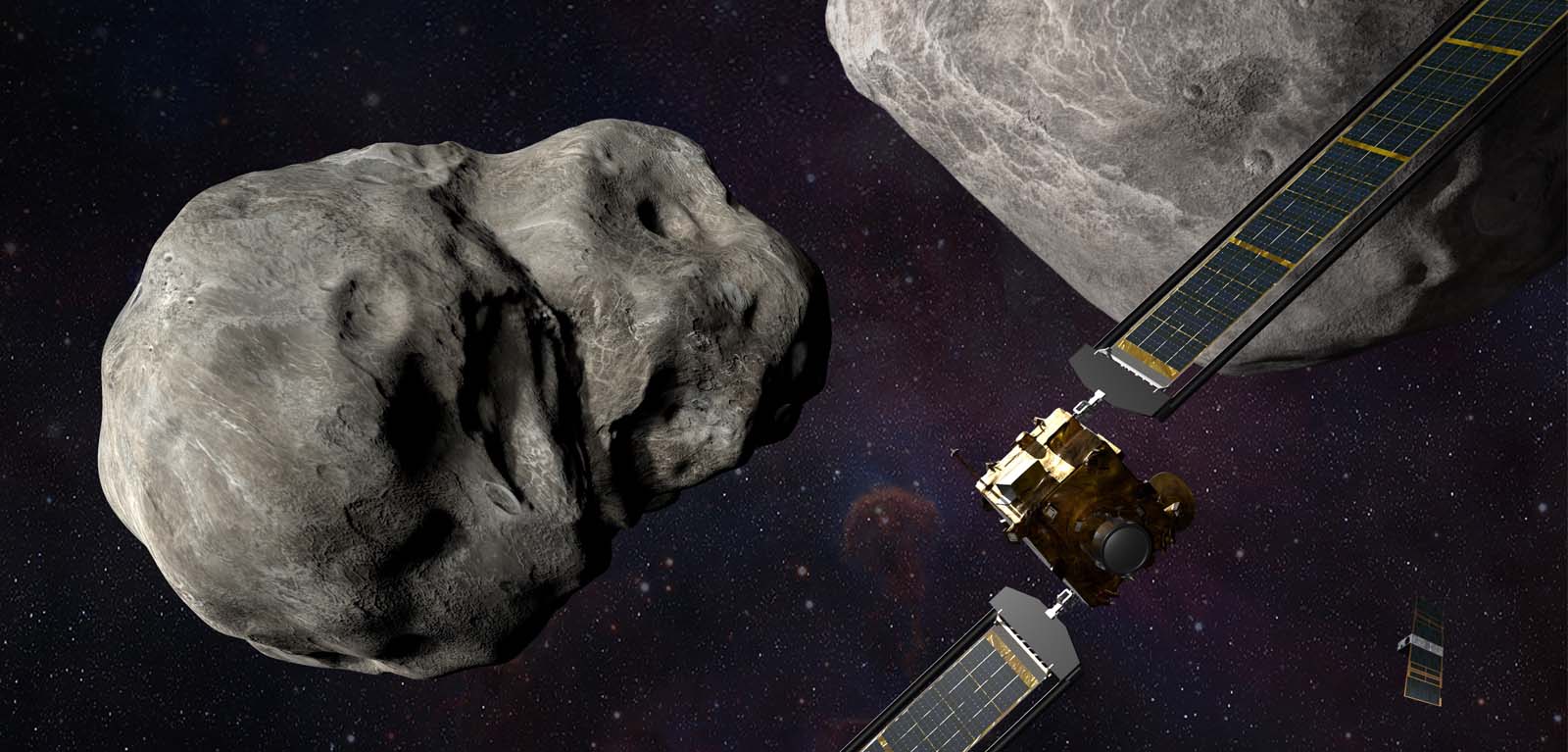NASA Mission will give first proof that technology can prevent asteroid hitting Earth
A Queen’s University Belfast Professor has said NASA’s DART mission – which will see a spacecraft deliberately crashed into an asteroid tonight – will give us our first proof that technology can prevent a small asteroid hitting Earth.

Professor Alan Fitzsimmons is an expert in the observation and measurement of asteroids and comets orbiting our Sun. He has been working in the field of Planetary Defence for over 20 years and is a member of the NASA DART Investigation Team.
Commenting on the Double Asteroid Redirection Test (DART) mission, Professor Fitzsimmons says: “I've been waiting 20 years to see a Planetary Defence test to be performed. The teams at NASA and APL are doing exactly what we need to do.”
"This will give us our first proof that we have the technology to prevent a small asteroid hitting Earth.”
DART will work by hitting the asteroid Dimorphos at over six kilometers per second. That will be enough to slightly change its orbit around the larger asteroid Didymos. Telescopes on Earth will measure that deflection and how much the asteroids path was changed.
Talking about how likely it is that an asteroid may one day impact Earth, Professor Fitzsimmons says: “The hit film may have been called Don’t Look Up, but it’s a good job we are. Asteroids the size of Dimorphos or larger hit our planet only once every 35,000 years or so, but we only know what a small fraction of them are. So one could be heading our way in the near future, and smaller asteroids hit us much more frequently.”
Professor Fitzsimmons has supported the mission by making telescopic observations of the Dimorphos/Didymos system, including analysing telescope data of the impact itself on Monday night. After DART, his main focus will be the ESA Hera mission, which will arrive at Dimorphos in 2027 to precisely measure what effect DART had on the asteroid.
“Once the DART and follow-up Hera mission have been successfully completed, we’ll have a much better idea how to protect ourselves against a catastrophic impact.”
Media
For media inquiries, please contact emma.gallagher@qub.ac.uk
